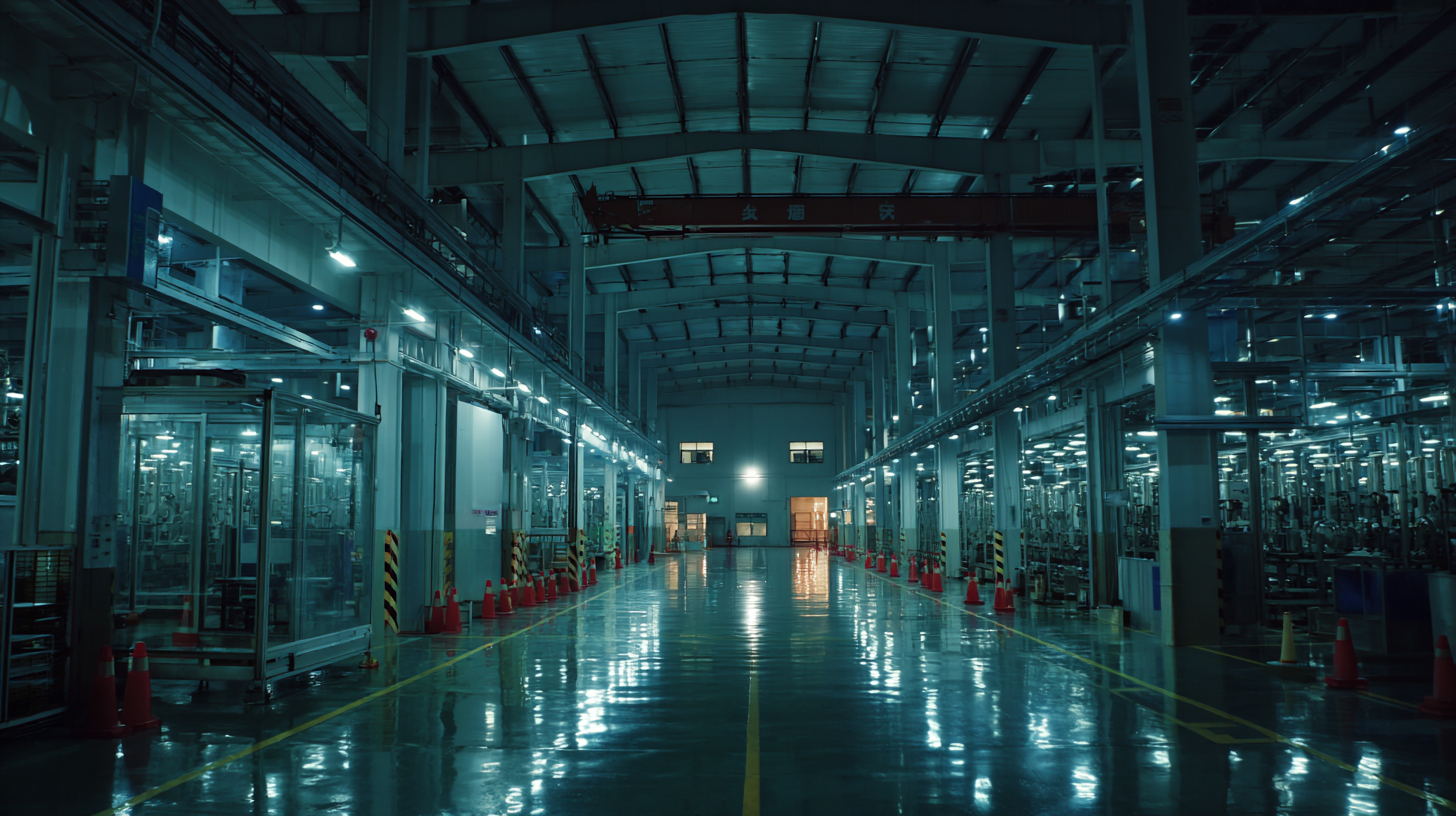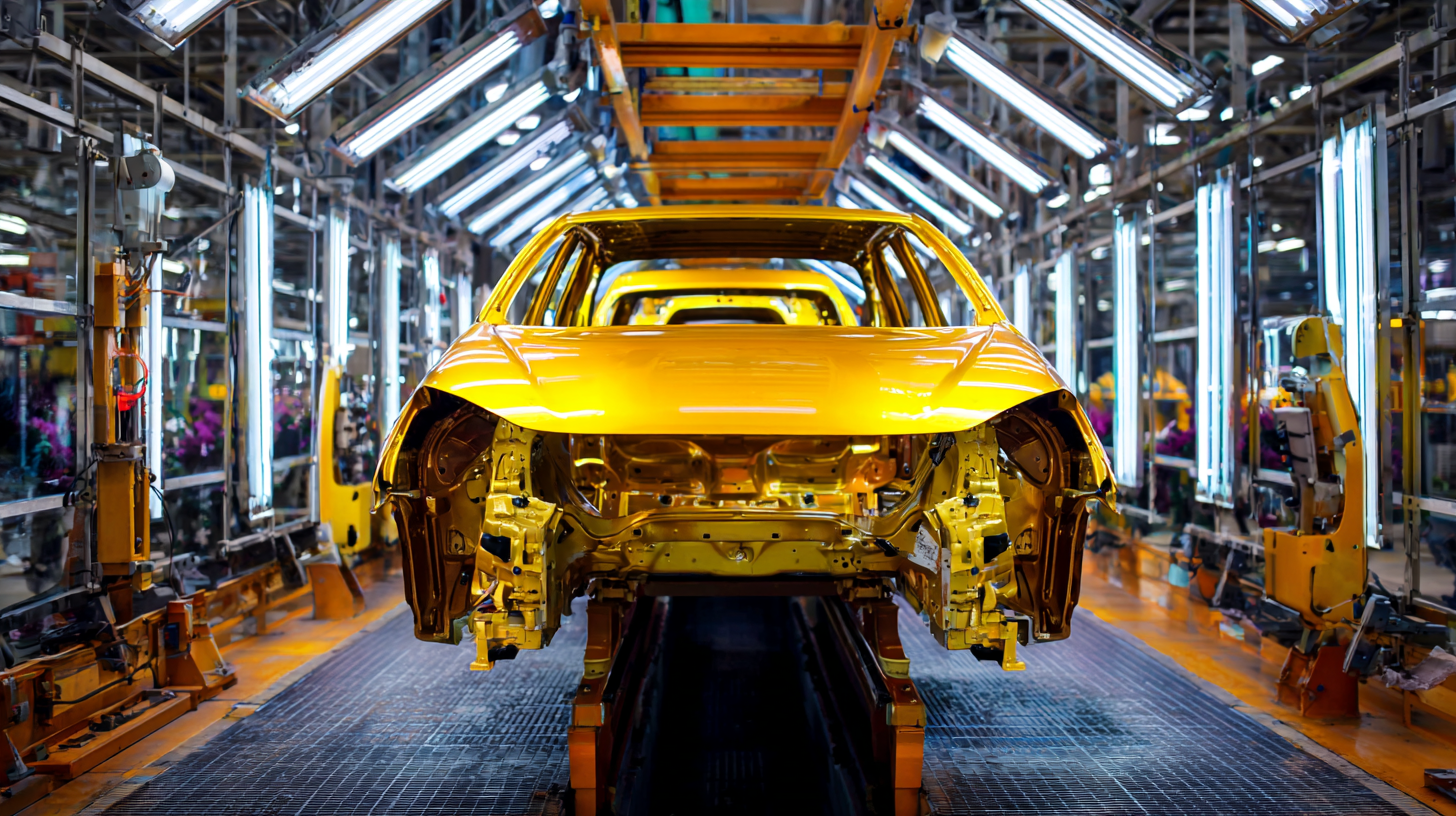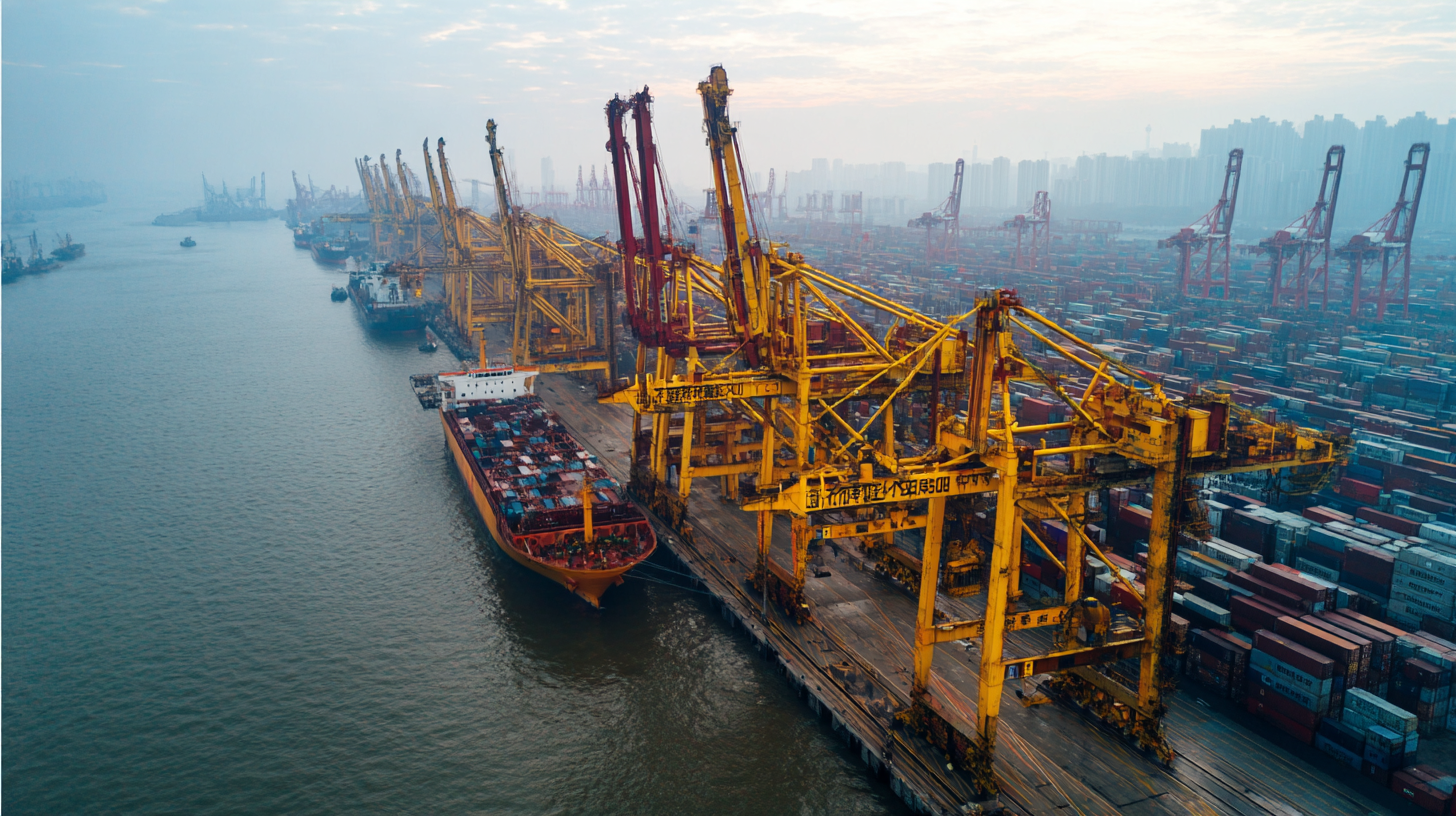
In recent years, China has established itself as a powerhouse in the manufacturing sector, driving global economies with its unparalleled production capabilities and innovations. According to a report by the International Organization for Standardization (ISO), China accounted for nearly 30% of the world's manufacturing output in 2020, a figure expected to rise as advancements in technology such as automation, artificial intelligence, and sustainable practices reshape the industry landscape. The 2025 technology development trends indicate a strong shift towards smart manufacturing, with China's investment in research and development projected to surpass $500 billion by 2025. This significant investment not only enhances domestic efficiency but also positions China as a formidable player in global exports, influencing supply chains and market dynamics worldwide. As we delve deeper into the theme of manufacturing excellence in China and its global export impact, the exploration of alternative technologies will offer valuable insights into the future trajectory of this dynamic sector.

China's manufacturing landscape is undergoing significant transformations, propelled by advancements in technology and innovative strategies. In 2024, the sector witnessed notable trends such as AI-powered automation and green manufacturing breakthroughs, which have redefined operational efficiencies and sustainability practices across various industries. Reports indicate that there was a staggering 10% increase in nominal value added in manufacturing, reflecting its robust recovery and resilience amid global challenges.
Moreover, the rise of China's private companies, which contribute significantly to the nation’s gross domestic product (GDP) and technological innovation, underscores a dynamic shift towards embracing global opportunities. These entities are not only driving 70% of technological advancements but are also embracing reshoring strategies that enhance local production capabilities. As the global economy recalibrates, China's manufacturing sector stands poised to lead with innovative drug development methodologies and regulatory support, exemplifying the synergy between domestic growth and global competitiveness in the pharmaceutical domain. This intricate web of developments positions China as a critical player in shaping the future of global manufacturing and exports.
 China's manufacturing excellence is significantly influenced by several key industries that have positioned the nation as a global leader in exports. The electronics sector, particularly the production of smartphones, computers, and components, has been at the forefront of this transformation. With advanced technology and a robust supply chain, companies in this industry not only meet domestic demand but also serve crucial markets around the world, solidifying China’s reputation as the "world's factory."
China's manufacturing excellence is significantly influenced by several key industries that have positioned the nation as a global leader in exports. The electronics sector, particularly the production of smartphones, computers, and components, has been at the forefront of this transformation. With advanced technology and a robust supply chain, companies in this industry not only meet domestic demand but also serve crucial markets around the world, solidifying China’s reputation as the "world's factory."
Another critical driver of China's manufacturing prowess is the automotive industry. Home to some of the largest automotive manufacturers, China has embraced electric vehicles (EVs) as a strategic priority, leading to innovations in production processes and expanding its export capabilities. The government's supportive policies aimed at reducing emissions and promoting sustainable transportation further enhance the competitiveness of Chinese automotive exports, reflecting a shift towards greener manufacturing practices. Together, these industries showcase the dynamic landscape of China's manufacturing sector and its pivotal role in shaping global trade.
In recent years, technology has emerged as a critical driver of manufacturing excellence in China, significantly boosting the country’s global competitiveness. With advancements in automation, artificial intelligence, and the Internet of Things (IoT), Chinese manufacturers are optimizing their production processes and reducing costs. This not only enhances efficiency but also allows for quicker response times to market demands, positioning China at the forefront of global supply chains.
Moreover, the integration of smart technologies in factories, often referred to as Industry 4.0, enables real-time data analytics and predictive maintenance. These capabilities lead to higher quality control and reduced waste, which are essential for maintaining competitiveness in a fast-evolving global market. With ongoing investments in research and development, Chinese companies are continuously innovating, creating high-value products that appeal to international markets. This technological evolution not only strengthens China’s manufacturing sector but also solidifies its role as a key player in global trade.

Chinese manufacturers have long been recognized for their pivotal role in global supply chains, yet they now face several significant challenges that threaten their competitiveness in the international market. According to McKinsey's report, the manufacturing sector in China accounts for about 29% of its GDP, highlighting its critical importance. However, rising labor costs and stringent environmental regulations have prompted many manufacturing firms to reconsider their operational models. These factors have led to an increase of nearly 30% in production costs over the last decade, creating pressures for manufacturers to innovate or risk losing market share.
In addition, technological advancements and the shift towards automation have become essential for maintaining competitiveness. A study from the World Economic Forum indicates that by 2025, 85 million jobs may be displaced due to advancements in AI and automation, particularly affecting labor-intensive manufacturing sectors in China. Amidst these challenges, Chinese manufacturers must also navigate global supply chain disruptions, which have been exacerbated by geopolitical tensions and the COVID-19 pandemic. Companies are now focusing on resilience, with many investing in digital transformation strategies to enhance efficiency and adaptability in an increasingly uncertain global landscape.
As we look toward 2032, the landscape of global manufacturing is poised for dramatic transformation, largely influenced by advancements in artificial intelligence and emerging technologies. The global AI market is projected to soar from $294.16 billion in 2025 to a staggering $1.77162 trillion by 2032, marking a remarkable compound annual growth rate of 29.2%. China is strategically positioning itself at the forefront of this revolution, leveraging its unique capability to integrate AI into various sectors, thereby redefining its manufacturing excellence and global standing.
However, the road ahead for China's economy and its impact on global trade remains complex. Recent forecasts indicate that while international trade might experience a lull, the long-term vision emphasizes a "slow balance." This scenario is exacerbated by increasing protectionism, which poses challenges to sustained growth. Despite these hurdles, China's commitment to innovation, particularly in the realms of electric vehicles and autonomous technology, suggests a resilient pathway that could significantly influence global manufacturing trends, setting new standards and capabilities in the industry.
